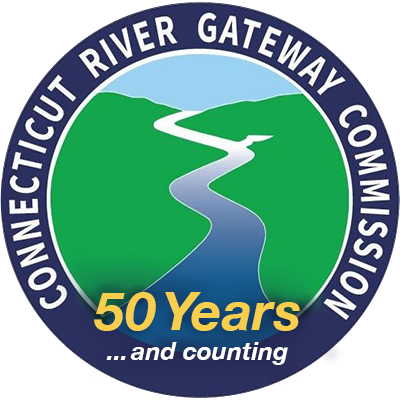History of the River
Shipbuilding in the Lower Connecticut River
Shipbuilding in the lower Connecticut River valley goes back to the 17th century. Earliest shipbuilding in Connecticut started around 1648 in colonial Windsor, upriver of Hartford. In 1650s, Robert Lay build a wharf at the present site of the Connecticut River Museum on riverfront of the Gateway town of Essex.
Lay was instrumental in establishing Essex in the West Indies trade. Ships like the Diligence carried corn, grain, peas, hay and candles to the islands and returned with holds full of rum and sugar. The West Indies trade became the cornerstone of the economy in the river which was fueled by the construction of over 500 Essex-built ships sailing from its shores to the Caribbean. This trade brought fame, elegance and prosperity to the community and the entire lower river valley. Shipyards also sprung up in many of the neighboring towns of Deep River, Chester, Old Saybook, Lyme and Old Lyme, also members of the Gateway “compact.” The most prominent shipbuilders, however, lived in Essex.
The family names of shipbuilding included the Haydens, the Parkers, the Tookers (later Tuckers) and the Starkeys. Their families often intermarried, keeping shipbuilding and West Indies trade “in the family.” Around 1775, when Captain Hayden and Captain Starkey were given permission to fill in between their two riverfront wharves, Connecticut government officials who needed a large wharf and dock started noticing.
In early 1776, after having finished construction of his sail loft and warehouse on Middle Cove adjacent to Essex Village and the Connecticut River, Hayden received a commission and commenced construction of the Connecticut colony’s first warship, the Oliver Cromwell. This commission brought prosperity to the lower Connecticut River as a place to build and buy ships, which benefitted not only the shipbuilders, but all of the other craftsmen as well, include those who made sails, ropes, spars and trunnels (tree nails), carvers for figureheads, billet heads and ship models. Many, many other artisans benefited as well. The ship was launched into Middle Cove on June 13, 1776 (when water depths were much deeper than they are today).

In addition to the Hayden Shipyard, there were numerous other yards located around the coves of Essex and Deep River, areas that today are only deep enough to pass vessels at mid and high tides. This is because, through the years, the Connecticut River brought its tremendous load of silt to the lower river coves, filling them to the point they are filled today.
